The touch screen technology can be traced back at least to the University of Illinois at the time in the 1970s, when scientists installed the latest results in the lab on the PLATO IV computer for classroom-assisted instruction, and the touch screen was officially out of the lab for the first time. The actual application phase. However, the technology of touch screens is not mature, and commercial value has not been discovered for a long time. In the 1990s, the touch screen appeared in high-end PDAs (older readers must remember the fast translation and Wenquxing), but unfortunately still not warm.
On the one hand, the market size of PDA is not large. On the other hand, due to the limited precision of touch screens, most PDA users prefer to operate directly with physical keyboards. In 2004, Nintendo's handheld game console NDS was sold globally. Its biggest selling point is that NDS has two screens and one of them is a touch screen, so the touch screen has entered more people's field of vision with the popularity of NDS.
However, until then, the use of touch screens was limited to a specific group of people. Really let the touch screen into the thousands of households or thanks to Apple's Joe. In 2007, the first iPhone was released, which redefines the smartphone. Before the iPhone was released, the definition of a smartphone was “a mobile phone that users can install software on their own.†After the iPhone was released, the definition of the smartphone became a “mobile phone with a screen that can be slid.†The touch screen is not a symbol for the iPhone. Or missing modules. In fact, carrying a touch screen on the mobile phone is not the first, but the Apple iPhone uses the touch screen to completely update the operation mode of the mobile phone, and introduces dragging, zooming and other gesture operations in the iPhone, which greatly improves the user's operating experience. As iPhone sales continue to rise, Samsung, HTC and other companies are not to be outdone, have launched a smart phone with a touch screen and operating similar to the iPhone. Overnight, the phone's button sound could no longer be heard on the subway, because everyone started using the touch screen to "slide" the phone.
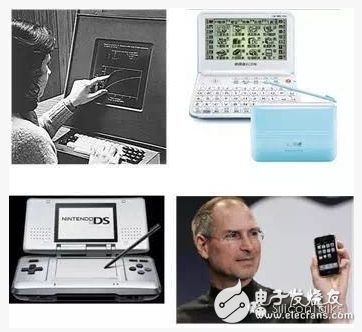
The touch screen first appeared in the PLATO IV computer (top left, and later appeared in the fast translation (upper right), NDS (bottom left) and other devices, and finally Apple launched the iPhone (bottom right) so that the touch screen really enters thousands of households.
After the iPhone was introduced, the touch screen did not stop updating.
The first generation of the iPhone used a resistive touch screen that could support basic touch interaction. After that, the Apple iPhone gradually began to use the capacitive screen, which greatly improved the operational feel and almost made the sliding mobile phone screen a pleasure. On the other hand, in order to make the phone lighter and thinner, the screen manufacturing technology has also experienced out-of-cell to on-cell up to the thinnest in-cell. Compared to the touch screen ten years ago, today's touch screens are thinner and feel better.
Breaking through the shackles of two-way foil: 3D touchHowever, the exploration of touch screen interaction methods has not ended here. Here is a good idea of ​​the evolution of the way mobile phones interact with users.
Initially, the user can only operate the phone by pressing a button that is fixed at several locations on the phone. This can be called a one-dimensional operation. After Apple introduced the touch screen and gesture operation, the user can move freely in the two-dimensional space of the touch screen of the mobile phone, so it can be called a two-dimensional operation mode. If our touch screen is no longer evolving, then the user's interaction with the phone will be limited to two-dimensional, just like the civilization in the three-body foil hit by the two-way foil.
Naturally, we will think: Since humans live in a three-dimensional space, why is the user's interaction with the device only in a two-dimensional space? Is it possible to implement a three-dimensional interactive method?
To achieve three-dimensional interaction, it is necessary to capture the coordinates of the user's hand in three-dimensional space in real time, and respond accordingly according to the three-dimensional coordinates (and their changes) of the user's hand.
Fortunately, scientists and engineers have begun to develop 3D touch to achieve human-computer interaction beyond two-dimensional. Before specifically analyzing the technology, let us first look at the revolutionary application of the 3D human-computer interaction method.
1, the game (including VR)
When it comes to 3D touch, the first thing that people think of is the application in the game. Indeed, games are the most demanding way of interacting in all applications. Using a dedicated interactive device that matches the game, players can fully appreciate the charm of the game (don't believe you try to play the game with the keyboard), which is why some games need to develop dedicated peripherals (such as the dance mat of the early "Hot Dance Revolution". "Guitar Hero" guitar, steering wheel of various racing games, etc.).
When the touch screen was just popular on the mobile phone, a group of games that perfectly utilized the interactive features of the touch screen, such as Angry Birds and Fruit Ninja, also won the favor of everyone. When the touch screen can capture the movement of the human hand in three dimensions, many new gameplays can be implemented in the game. A very promising direction is to combine with VR technology. For example, a game like "Fruit Ninja" can be played in the three-dimensional space by the player's gestures. The game of "Street Fighter" and other fighting games can be triggered by the player's real gesture. The player's sense of substitution is greatly increased.

3D touch screen combined with VR technology can greatly increase game playability
2. Augmented Reality (AR)
The 3D touch screen has the potential to become the basic technology for human-computer interaction in AR applications.
In the AR technology, the special glasses worn by the user are used as display screens, and the image interface of the AR is organically combined with the real world through computer vision technology and projected onto the retina of the user's eyes. When the user's hand makes an action, the AR device must be able to accurately capture the real-time position of the hand and respond accordingly according to the action of the user's hand. The 3D touch screen captures the precise position of the hand and becomes the basic technology for AR human-computer interaction. After the popularity of AR technology, not only mobile phones and computers will use 3D touch screens, but even the surface of everyday furniture (such as tables and cabinets) may need to support 3D touch technology, so that users can use AR anytime, anywhere.
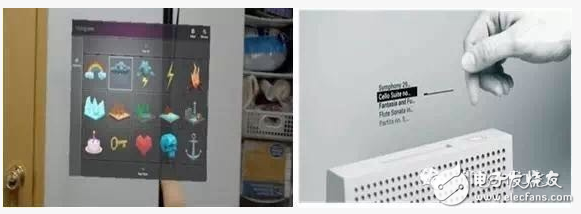
Augmented reality combines computer graphics with reality (left), AR interacts with the user to accurately capture the three-dimensional position of the user's hand (right)
GreenTouch infrared touch screen uses the high quality of transparent glass so it has excellent clarity, resolution, light transmittance and reliability. Even though there are some scratches on the surface of glass,it can still work normally. The surface of the screen has no surface coating on the plastic film or moving parts, so there is no parts will wear consumption during the usage.infrared touchscreen ensures stable performance without any ghost spots or drift.The operation is sensitive, through finger, glove, passive stylus and other opaque objects can perform accurate touch input. a high-precision IR touch screen.
Pictures show:
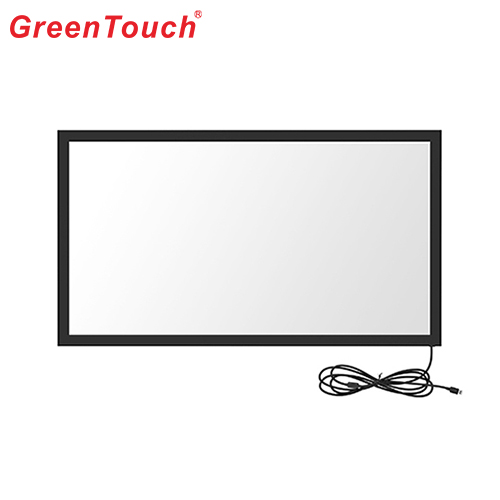
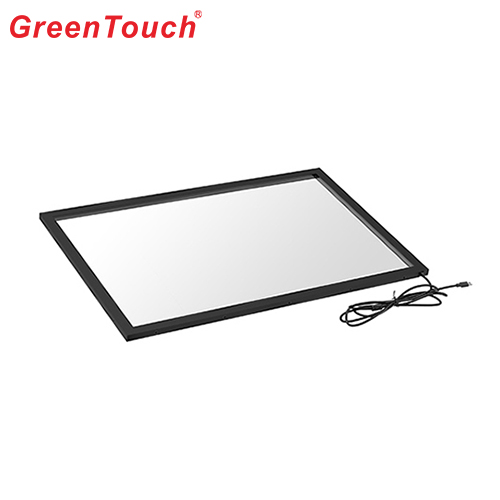
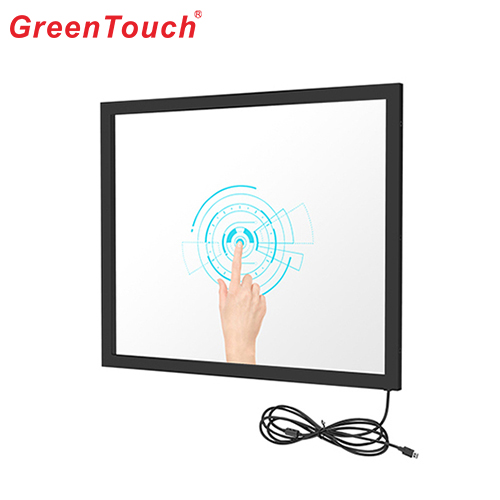

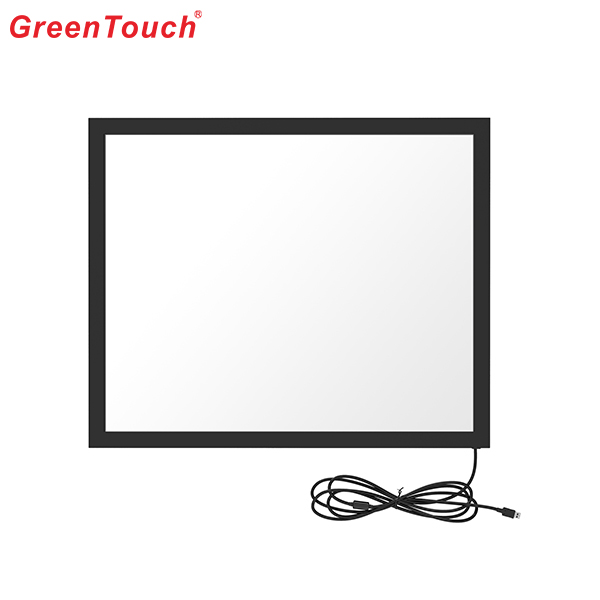
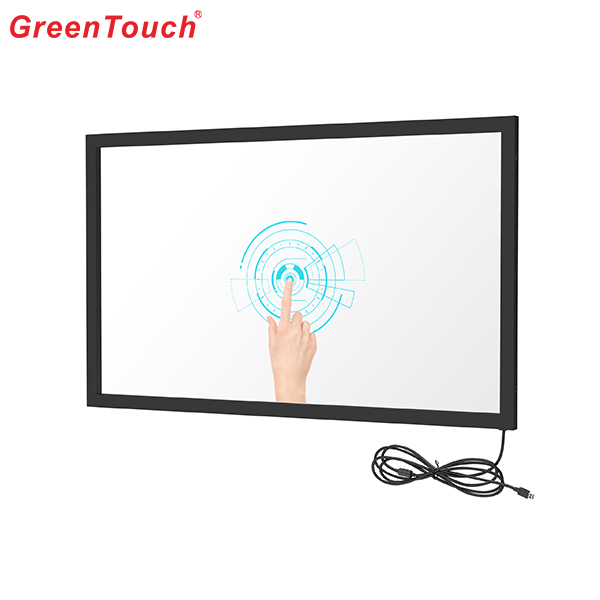
Multi Point Infrared Touch Screen,Smart ​Infrared Touch Screen,Infrared Touch Frame Technology,Touch Screen Frame For Tv,Infrared Touch Screen Panel,IR Touch Screen
ShenZhen GreenTouch Technology Co.,Ltd , https://www.bbstouch.com